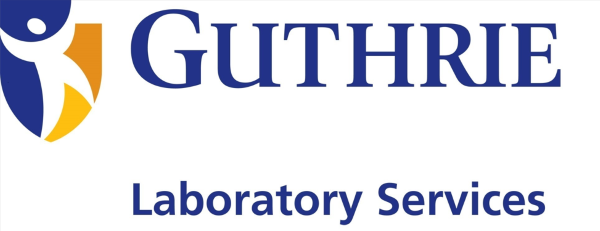| A B C D E F G H I J K L M N O P Q R S T U V W X Y Z # |
CBFB/MYH11 inv(16), Quantitative, Real-Time PCR
Test CodeCPT Codes
81401
Preferred Specimen
Minimum Volume
1 mL bone marrow
20 uL extracted RNA
Other Acceptable Specimens
Whole blood or bone marrow collected in: EDTA (royal blue-top) tube, lithium heparin (green-top) tube or sodium heparin (green-top) tube
50 uL of 10 ng/uL extracted RNA submitted in a microcentrifuge tube
Instructions:
Only accept extracted RNA when extraction or isolation is performed in an appropriately qualified laboratory such as a CLIA-certified laboratory or a laboratory meeting equivalent requirements as determined by the CAP and/or CMS.
Instructions
Transport Container
Transport Temperature
Specimen Stability
Whole blood & bone marrow:
Room temperature: 5 days
Refrigerated: 5 days
Frozen: Unacceptable
Extracted RNA:
Room temperature: Unacceptable
Refrigerated: Preferred
Frozen: Acceptable
Reject Criteria (Eg, hemolysis? Lipemia? Thaw/Other?)
Methodology
Real-Time Reverse Transcriptase Polymerase Chain Reaction (RT-PCR)
FDA Status
This test was developed and its analytical performance characteristics have been determined by Quest Diagnostics. It has not been cleared or approved by the U.S. Food and Drug Administration. This assay has been validated pursuant to the CLIA regulations and is used for clinical purposes.
Setup Schedule
Reference Range
Clinical Significance
This Real-Time Quantitative (Reverse Transcription Polymerase Chain Reaction) for the amplification of CBFB/MYH11 fusion transcript can be used to detect the chromosome aberration of inv (16) or t (16;16). It can be used to detect Minimal Residual Disease (MRD) and assess the risk for disease relapse in inv (16) or t (16;16) Acute Myeloid Leukemia (AML).
Performing Laboratory
| Quest Diagnostics Nichols Institute-San Juan Capistrano, CA |
| 33608 Ortega Highway |
| San Juan Capistrano, CA 92675-2042 |

